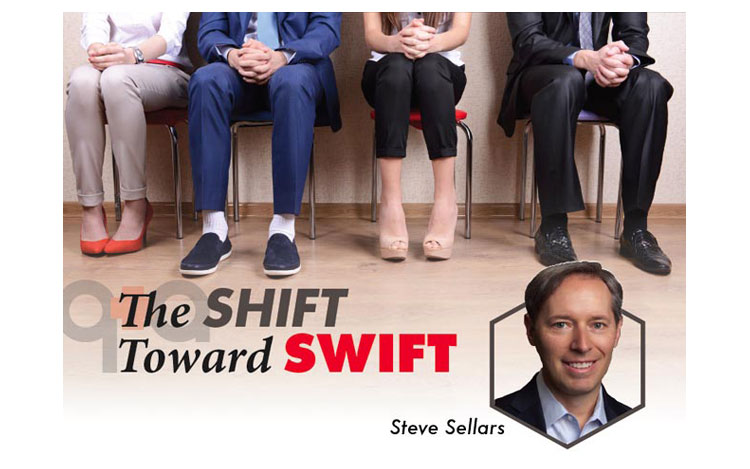CENTRAL FLORIDA DOCTOR caught up with Steve Sellars, the president of the Board of Directors for the Urgent Care Association of America (UCAOA), and asked him some questions about the rise of urgent care facilities and its significance to the ever-changing process of healthcare.
CENTRAL FLORIDA DOCTOR (CFDr): How is healthcare changing?
STEVE SELLARS: Aside from the Affordable Care Act, which increased access to care by offering insurance to people who had never had it before, possibly the biggest change in healthcare has been people’s expectations. People are no longer satisfied with making an appointment and having to wait weeks to get in to see their doctor. They’re not okay with waiting for hours in the emergency room to be treated for a non-emergency condition. Some call it the ‘Consumerization of Healthcare.’ Today, when people need minor medical care, they’re demanding it like any other product or service they buy. They want it to be fast, convenient, and affordable. As it happens, urgent care fits perfectly in that niche.
CFDr: How do urgent care facilities operate within this “consumerization of healthcare” system?
SELLARS: I’d say urgent care fits somewhere between the primary care physician and the emergency room. Urgent care centers are usually open weekends or after normal business hours when most doctors’ offices are closed; people can get in and out without an appointment. Urgent care centers also treat a lot of the non-emergency conditions people have traditionally gone to the ER for, even when that level of care wasn’t really necessary in the first place. They are the ideal choice for non-life threatening episodic events, such as sprains, broken bones, flu, colds, and other common illnesses. Most centers can provide IV fluids, have x-ray and lab processing onsite, and can treat fractures. Urgent care centers may also provide other healthcare services like sports and school physicals, travel medicine, and occupational medicine. Just to be clear, urgent care is not suitable for life-threatening injuries or illnesses, such as heart attacks, strokes, major bleeding, or severe burns. Primary care physicians are the best choice for ongoing medical concerns, such as a chronic illness and preventative care.
CFDr: How is urgent care more cost-effective and convenient for patients?
SELLARS: Urgent care centers are often a more convenient and affordable option due to shorter wait times and lower prices for a variety of situations. In fact, 90 percent of patients wait 30 minutes or less to see a provider at an urgent care center, and 84 percent of patients spend a total of 60 minutes or less for their entire visit, according to a UCAOA 2015 Benchmarking Survey. Nearly half of all visits to urgent care centers result in an average charge of less than $150—compared to the average cost of an ER visit at $1,354, according to a Medical Expenditure Panel Survey, conducted in 2011. Additionally, Health Affairs reports, up to 27 percent of all ER visits could take place at an urgent care center or retail clinic, generating potential costs savings of approximately $4.4 billion annually. And let’s not forget the rise of freestanding emergency rooms. These are emergency rooms that aren’t attached to a hospital, but are often marketed as another fast, convenient option for healthcare. They may be convenient, but like their hospital attached counterparts, a freestanding emergency room can add thousands of dollars in out-of-pockets costs to a bill for someone who could have been treated just as well in a non-emergency, urgent care setting.
CFDr: Would you say the number of urgent care facilities has risen dramatically?
SELLARS: There are no national databases available to provide historical data. Currently, there are nearly 7,100 urgent care centers in the U.S. that have been verified by UCAOA. We do know that the number of urgent care centers across the country has increased over the past five years, and we anticipate that growth will continue.
With 89 percent of urgent care centers experiencing an increase in patient visits in 2014, the trend of industry growth ensures that more patients will continue to have cost- and time-saving healthcare options. 90 percent of urgent care centers provide a waiting time of 30 minutes or less to see a provider, and at 84 percent of centers, patients spend 60 minutes or less for an entire patient visit.
CFDr: What is it like to be involved in this field?
SELLARS: I am becoming president of the UCAOA Board of Directors at a time that is sure to see additional growth and change in the industry. Urgent care centers continue to play an integral role in the continuum of care for a wide variety of patients. It is important we champion awareness of, and access to, urgent care centers in communities across the country.
CREDIT
staff report by CENTRAL FLORIDA DOCTOR
